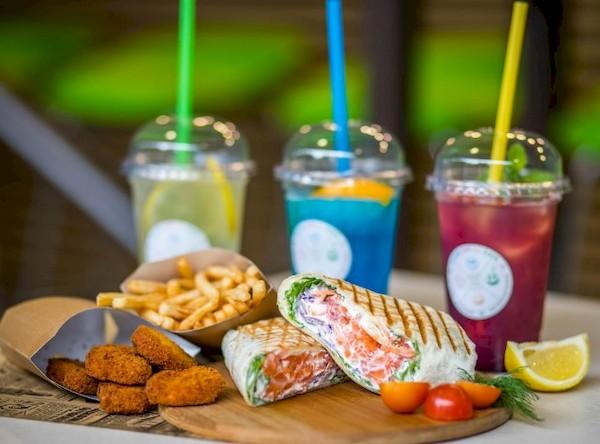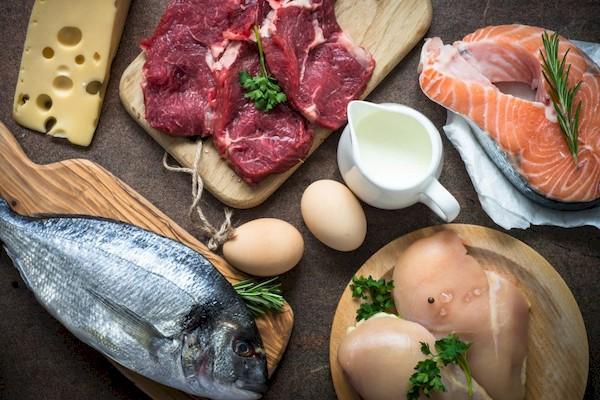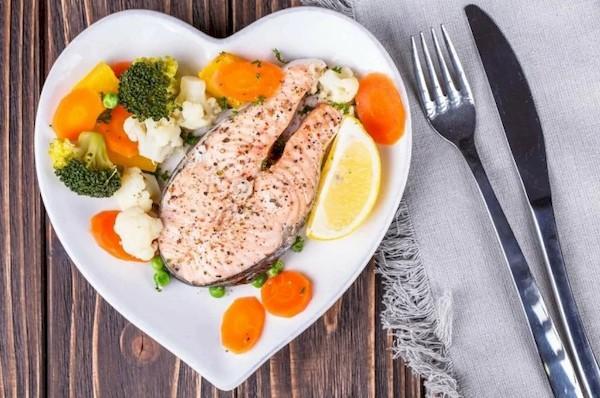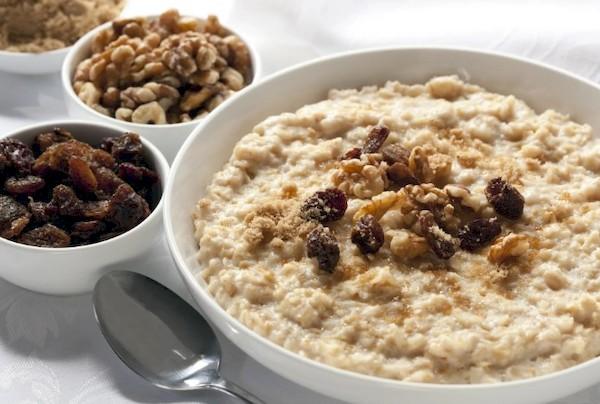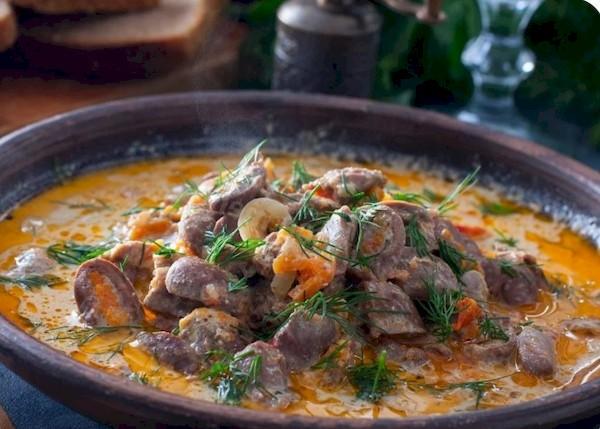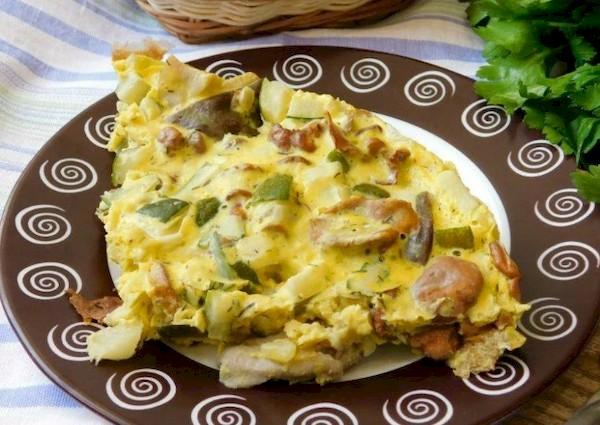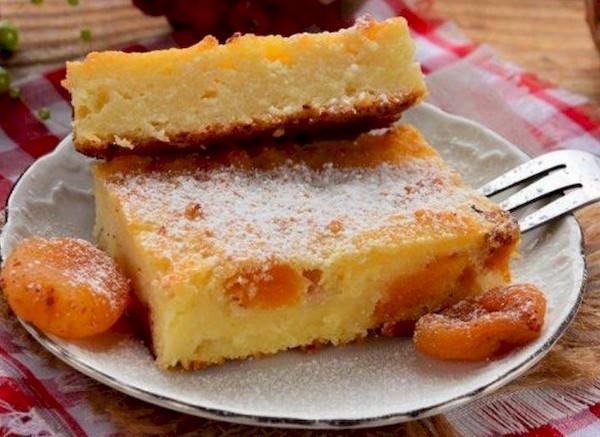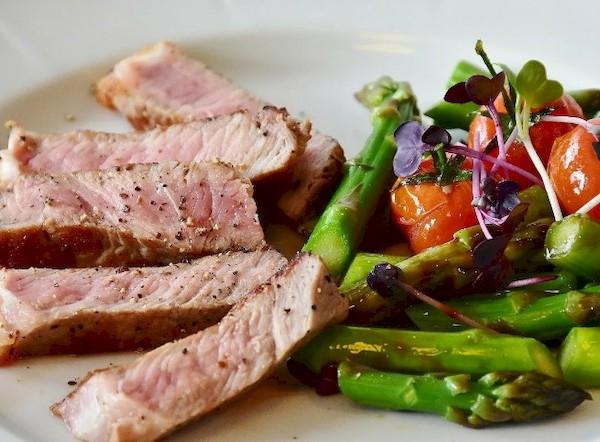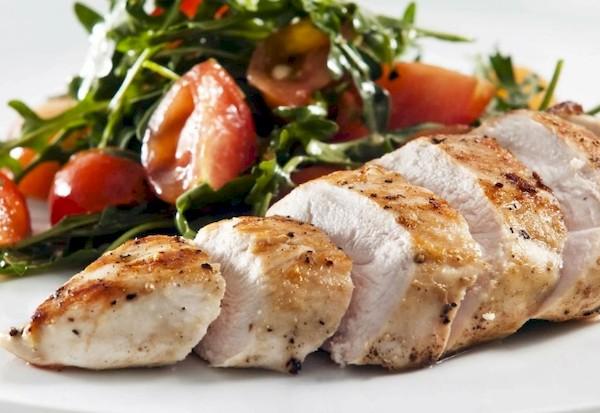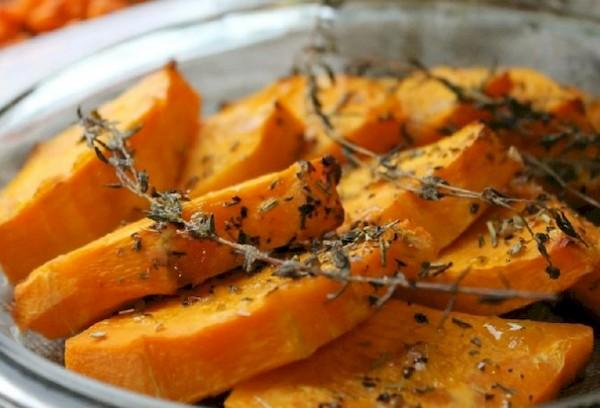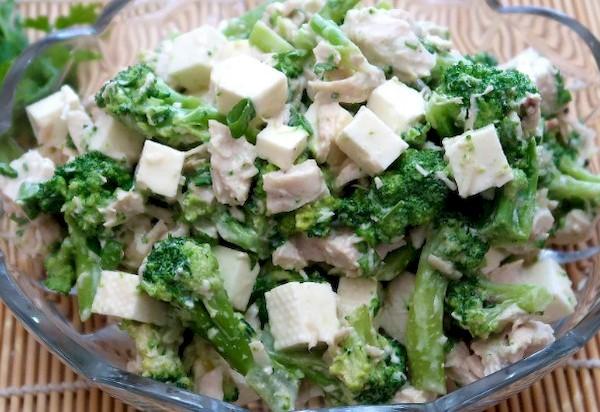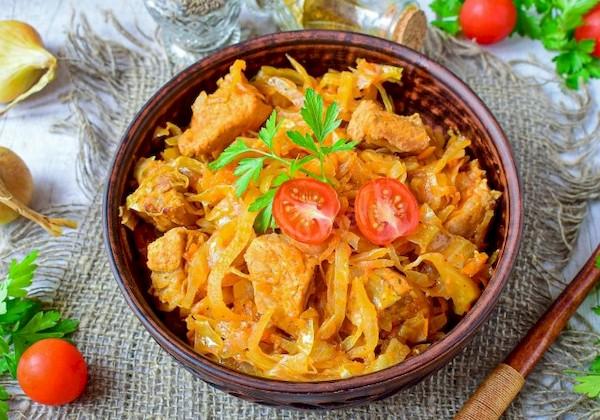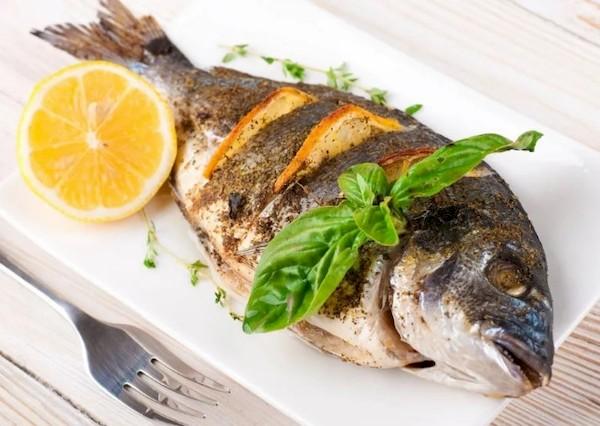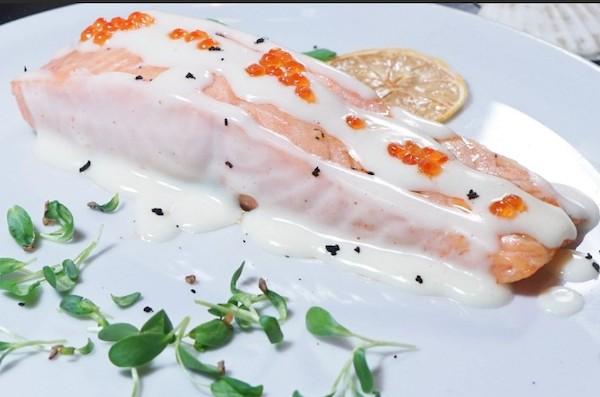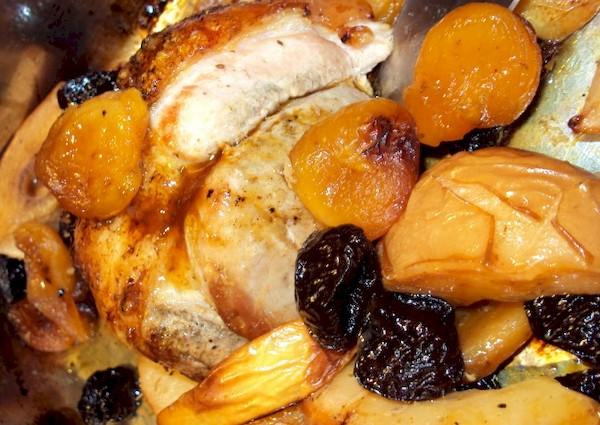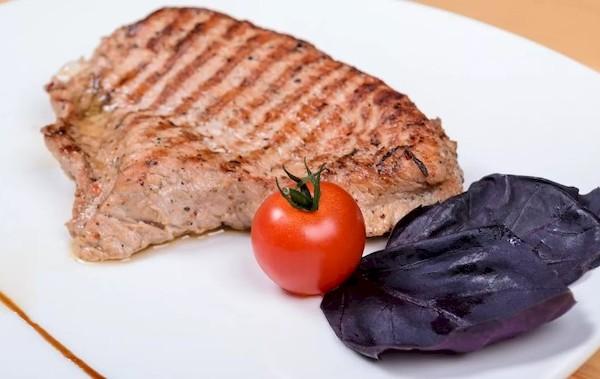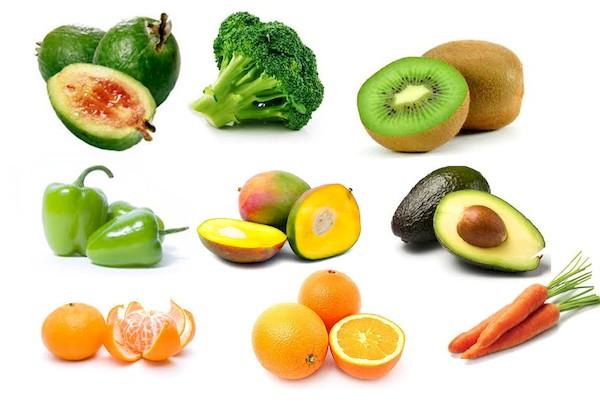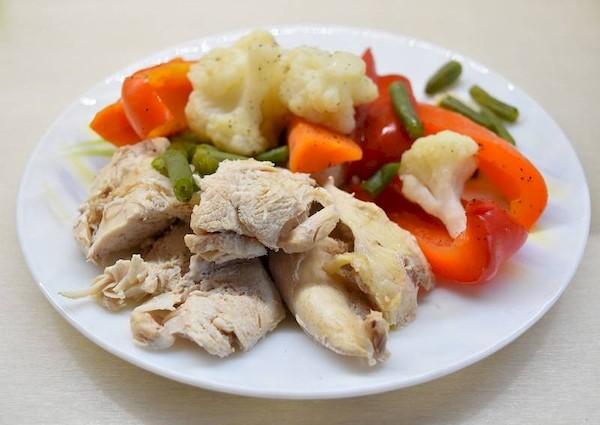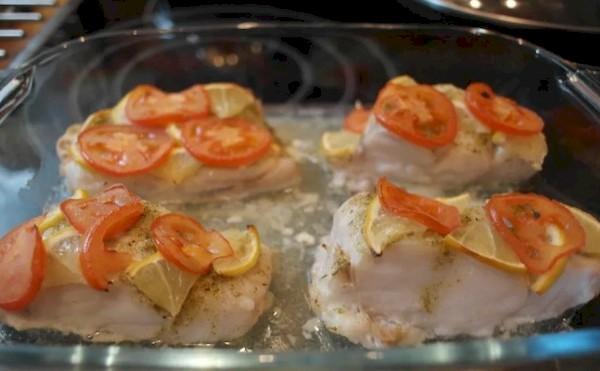A simple and affordable menu for 1200 kcal per day for a week, grocery list, recipes, tips for losing weight
Content:
It is known that to quickly get rid of extra pounds you need to create a calorie deficit in your diet. If you stick to menu for 1200 Kcal per day, in a month you can lose from 5 to 10 kg. Below is approximate power supply diagram 7 days with recipes simple dishes from available products. But before moving on to it, it is worth considering the pros and cons of such a diet, as well as familiarize yourself with the basic principles of creating a menu for weight loss.
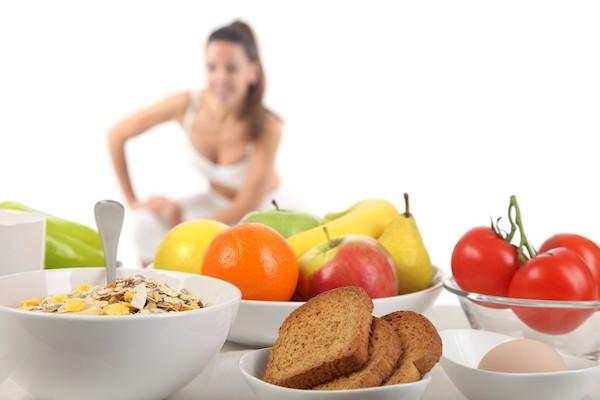
1200 kcal per day: pros and cons
The main advantage of the diet is obvious - if you avoid breakdowns, the weight will definitely come off. The result will be noticeable in the first week; with such strict restrictions, you can lose up to 3 kg during this time. In addition, the diet will be correct and healthy, because otherwise it will not be possible to meet 1200 Kcal per day. And, just as important, nutrition it will not be monotonous, as, for example, with mono-diets.
But it is necessary to take into account the disadvantages:
- the diet is quite strict, and the risk of failure is very high;
- a loss of strength is likely due to a lack of calories, especially at first, because with a normal diet, daily consumption is from 2000 Kcal;
- with such restrictions, it is almost impossible to provide the body with the necessary amount of vitamins, minerals, macro- and microelements;
- After quitting the diet, lost pounds can quickly return.
In addition, this power system is not suitable for everyone. In addition to pregnancy and lactation, the list of contraindications includes gastrointestinal diseases, diabetes mellitus, and hypotension. It is also prohibited to lose weight in this way after recent infectious diseases, heart attacks and strokes, or surgical interventions.
General rules for preparing a diet
To make it easier to meet 1200 kcal per day, you need to exclude the following foods from your diet:
- rich sweet pastries;
- butter;
- smoked meats;
- dairy products with high fat content;
- lard, fatty meats and fish;
- high-calorie sauces, mayonnaise;
- sweet carbonated drinks;
- ice cream;
- alcohol;
- fast food.
There are a number of foods whose consumption will need to be minimized due to their high calorie content. It is unlikely that you will be able to avoid including many of them in your diet; in this case, it will be quite difficult to create a full menu.
These include:
- egg yolks;
- pasta;
- nuts;
- dried fruits;
- sugar;
- bananas, grapes, avocados;
- bitter chocolate;
- vegetable oils.
The list of restrictions and prohibitions looks impressive, but despite this, the permitted products are enough to ensure a varied and tasty diet. So, what can you eat if you are losing weight:
- lean meat and poultry (except goose);
- offal;
- lean varieties of fish, preferably sea fish;
- seafood;
- cereals;
- low fat milk;
- fresh, boiled, stewed, baked and canned vegetables;
- unsweetened varieties of fruits, berries and citrus fruits;
- greenery;
- green tea, decoctions of herbs and dried fruits, unsweetened compotes, coffee without sugar, still mineral water.
But it’s not enough not to break the prohibitions; you also need to correctly distribute the permitted foods and know what is best to eat in the first half of the day and what in the second.
According to the canons PP, you need to eat often, up to 5 times a day, and for each meal there are certain rules:
- Breakfast. Must include complex carbohydrates and proteins. The best options are porridges, omelettes, and cottage cheese dishes. Such food will provide the body with sufficient energy and keep you feeling full for a long time.
- Snack. When breakfast “is long over” and lunch “hasn’t even thought of starting yet,” you can eat fruits, berries, low-fat milk, and a small amount of dark chocolate is allowed. Having a light snack will help you avoid overeating during lunch.
- Dinner. The principle is the same as for breakfast - a combination of carbohydrates and protein. For daily meals, light soups, meat/fish/poultry (no skin!) stewed, boiled or baked with side dishes of cereals and vegetables, and herbs are suitable.
- Afternoon snack. The rules are the same as for a morning snack. An “intermediate” meal will help you not get too hungry before dinner. Some nutritionists advise consuming exclusively milk in the afternoon snack, and eating fruit in the first half of the day.
- Dinner. It should be as light as possible and provide the body with protein and simple carbohydrates. In the evening you can eat a small amount of meat/fish/poultry (no skin!) with vegetables or a mushroom omelet. But it’s better not to eat cereals at night.
Advice! When calculating the calorie content of dishes, it is important not to forget to take into account oils and sauces. Such additives, even in small quantities, significantly increase performance.
1200 Kcal per day: sample menu, grocery list, recipes
This section presents example menu for the week, a list of necessary products for each day and recipes for dishes based on one serving. The total daily caloric intake in some cases slightly exceeds 1200 Kcal or, conversely, is slightly lower. But it is important to understand that this is an average indicator; it is impossible to accurately calculate the KBJU. After all, for example, breast meat from two different birds will contain different amounts of proteins/fat/carbohydrates. And in vegetables/fruits, even if they are collected from the same bed/tree, there is an unequal amount of sugar. Hence the errors in the calculation results.
Day 1
Grocery list:
- oat flakes;
- milk 2.5%;
- raisin;
- honey;
- suluguni cheese or other low-fat cheese;
- apple;
- chicken hearts;
- onion;
- carrot;
- sour cream 10%;
- prunes;
- walnuts;
- kefir 1%;
- fresh champignons;
- chicken eggs;
- cucumber or tomato;
- vegetable oil.
Breakfast
- Oatmeal with raisins.
- Tea or coffee without sugar.
How to prepare porridge: Mix oatmeal (3-4 tbsp) and hot milk 2.5% (70-100 ml), let it steam for 15 minutes. Add raisins (2-3 tsp) and honey (10 g).
Snack
- Suluguni cheese or other low-fat cheese (50 g).
- Apple.
Dinner
- Chicken hearts in sour cream with vegetables.
- Buckwheat porridge (150 g).
- Tea with herbs.
How to prepare hearts: fry hearts (130-150 g) with finely chopped onion (1 piece) and grated carrots (1 piece) in a frying pan greased with a small amount of vegetable oil for 5-7 minutes. Add sour cream 10% (1 tbsp), add water so that it covers the contents, and simmer under the lid over low heat for 20-25 minutes.
Afternoon snack
- Prunes (4-5 pcs.).
- Walnuts (2-3 pcs.).
- Kefir 1% (150 ml).
Dinner
- Protein omelet with mushrooms and onions.
- Cucumber or tomato.
- Green tea.
How to prepare an omelette: simmer finely chopped champignons (100-120 g) in a frying pan greased with vegetable oil, and when the liquid has evaporated from them, pour in 2 beaten egg whites, cover with a lid and leave for 3-4 minutes over low heat. When the whites thicken, the omelette is ready. Before serving, you can sprinkle with herbs.
KBJU: 1192 Kcal, proteins – 67.2 g, fats – 52.3 g, carbohydrates – 101.7 g.
Day 2
Grocery list:
- cottage cheese 2%;
- eggs;
- flour;
- dried apricots and any dried fruits;
- sweetener;
- vanillin;
- orange;
- kefir 1%;
- beef;
- potato;
- onion;
- carrot;
- tomato paste;
- chicken breast;
- cucumber;
- tomato;
- olive oil.
Breakfast
- Curd casserole with dried apricots.
- Black coffee without sugar.
How to prepare the casserole: mix 2% or low-fat cottage cheese (100-120 g) with 2 egg whites and flour (30 g), add dried apricots (4-5 pieces), chopped with a knife, a little sweetener and vanillin on the tip of a knife. Stir until smooth, place in a tray greased with a small amount of vegetable oil, smooth and microwave for 7 minutes. Serve with honey or low-fat sour cream.
Snack
- Orange.
- Kefir 1% (150 ml).
Dinner
- Meat with vegetables in a pot.
- Decoction of dried fruits.
How to cook meat with vegetables: finely chop the beef (120-150 g) and place it on the bottom of the pot. Cut 1 large potato into wedges and spread over the meat. The top layer is finely chopped onion and grated carrots (50-70 g). Combine tomato paste (2 tbsp) with water (200-220 ml), add salt and pour in the contents of the pot. Place in an oven preheated to 180 C for 1.5 hours.
Afternoon snack
- Dried fruits (30-40 g);
- Tea or coffee without sugar.
Dinner
- Baked chicken breast.
- Cucumber and tomato salad (1 piece each), seasoned with olive oil (1 tsp).
- Green tea.
How to cook breast: Rub meat (150-170 g) with salt and spices; smoked paprika and Provençal herbs are suitable. You can add a little crushed garlic. Place in the refrigerator for 2 hours, then wrap in foil greased with olive oil and bake for 40 minutes at 200 C.
KBJU: 1229 Kcal, proteins – 97.8 g, fats – 32.4 g, carbohydrates – 110.8 g.
Day 3
Grocery list:
- low-fat cottage cheese;
- fresh or frozen berries;
- pumpkin;
- dried fruits;
- Champignon;
- onion;
- carrot;
- vegetable oil;
- sour cream 10%;
- bread;
- banana;
- kefir 1%;
- chicken breast;
- broccoli;
- Parmesan;
- yogurt without additives.
Breakfast
- Cottage cheese with low fat content (200 g) and any berries (50 g).
- Coffee or tea without sugar.
Snack
- Baked pumpkin.
- Unsweetened compote (200 ml).
How to cook pumpkin: cut pumpkin pulp (200-220 g) into small pieces. Line a small pan with foil, grease with vegetable oil, lay out the pumpkin, and sprinkle a little with aromatic herbs. Cover the container with a second piece of foil and place in the oven for 45-50 minutes at 180 C.
Dinner
- Cream of mushroom soup.
- Crispbread (2 pcs.).
- Tea or coffee without sugar.
How to prepare the soup: boil champignons (150 g) in salted water, fry onions and carrots in a small amount of oil. Combine the ingredients and puree in a blender, add 1 tbsp. l. sour cream 10%, bring to a boil over low heat. Before serving, you can sprinkle with herbs.
Afternoon snack
- Banana (1 pc.).
- Kefir 1% (150 ml).
Dinner
- Salad with chicken, broccoli and parmesan.
- Tea or decoction of dried fruits.
How to prepare the salad: boil the breast (100-120 g), divide into fibers.Place broccoli (200 g) disassembled into florets into boiling water, leave on low heat for 5 minutes, then drain in a colander and let cool. Combine the ingredients with chopped Parmesan (50 g) and plain yogurt (2 tbsp), salt to taste.
KBJU: 1226 Kcal, proteins – 114.3 g, fats – 45.2 g, carbohydrates – 103.9 g.
Day 4
Grocery list:
- black bread;
- curd cheese;
- avocado;
- pear;
- apple;
- plain yogurt;
- beef or lean pork;
- onion;
- carrot;
- cabbage;
- tomato paste;
- cucumber;
- tomato;
- low fat cheese;
- sea fish fillet;
- lemon;
- vegetable oil.
Breakfast
- Sandwiches with black bread, curd cheese and avocado (2 pcs.).
- Coffee or tea without sugar.
Snack
- Fruit salad of pear (1 pc.) and apple (1 pc.). Season with a small amount of plain yoghurt.
- Tea without sugar or unsweetened compote.
Dinner
- Stewed cabbage with meat.
- Cucumber/tomato (1 pc.).
- Green tea.
How to cook cabbage with meat: cut beef or lean pork (130-150 g) into small pieces and fry in a small amount of oil until half cooked. Add chopped onion (1 pc.), grated carrots (50-70 g), cabbage (180-200 g) and simmer for 15-20 minutes. Add tomato paste (1 tbsp), stir, keep on fire under the lid for a couple more minutes.
Afternoon snack
- Low-fat cheese (70 g).
- Apple (1 pc.).
Dinner
- Baked sea fish.
- Hawaiian mixture (200 g).
- Tea with herbs.
How to bake fish: rub tilapia, pangasius or pollock fillet (180-200 g) with salt and spices, sprinkle with lemon juice, place on a greased piece of foil. Garnish with a few tomato slices and wrap the foil so that the fish is completely covered. Bake for 30-35 minutes at 180 C.
KBJU: 1189 Kcal, proteins – 66.8 g, fats – 58.3 g, carbohydrates – 103.3 g.
Day 5
Grocery list:
- buckwheat flakes;
- dried fruits;
- bread;
- curd cheese;
- chicken fillet;
- durum wheat pasta;
- carrot;
- onion;
- cabbage;
- olive oil;
- curd;
- pink salmon;
- cream;
- cucumber;
- tomato.
Breakfast
- Buckwheat flakes (4 tbsp.) with dried fruits (15 g). Fill with water, not milk.
- Coffee or tea without sugar.
Snack
- Crispbread (2 pcs.).
- Curd cheese (40 g).
- Green tea.
Dinner
- Chicken soup with durum wheat pasta.
- Cabbage salad (120 g) and carrots (50 g), seasoned with 1 tsp. olive oil.
How to prepare the soup: cook broth from 100 g of chicken fillet, remove the meat, disassemble into fibers. Add 3 tbsp. l. pasta, bring until half cooked, season with fried onions and carrots, add chicken and cook for another 3-5 minutes. Before serving, you can sprinkle with herbs.
Afternoon snack
- Curd mass with raisins (150 g).
- Tea with herbs or a decoction of dried fruits.
Dinner
- Pink salmon in cream sauce.
- Salad of cucumber (1 pc.) and tomato (1 pc.), dressed with olive oil.
- Green tea.
How to cook pink salmon: rub fish (130-150 g) with salt and spices, place in a small baking container or pot. Pour in a mixture of 50 ml of cream and 150 ml of water, place in an oven preheated to 180 C for 35-35 minutes.
KBJU: 2112 Kcal, proteins – 99.1 g, fats – 59.6 g, carbohydrates – 125.4 g.
Day 6
Grocery list:
- black bread;
- curd cheese;
- avocado;
- banana;
- dark chocolate;
- kefir 1%;
- chicken fillet;
- potato;
- dried apricots;
- prunes;
- sour cream 10%;
- cucumber;
- carrot;
- apple;
- plain yogurt;
- turkey steak;
- flour;
- egg:
- breadcrumbs;
- vegetable oil;
- sauerkraut.
Breakfast
- Sandwiches with black bread, curd cheese and avocado (2 pcs.).
- Coffee or tea without sugar.
Snack
- Banana (1 pc.).
- Dark chocolate (10 g).
- Kefir 1% (150 ml) or green tea.
Dinner
- Chicken with potatoes and dried fruits.
- Fresh or salted cucumber.
- Green tea or unsweetened compote.
How to cook chicken: cut chicken fillet (120-130 g) into strips, like beef stroganoff, add salt and pepper, place on the bottom of the pot. Combine sliced potatoes (1-2 pcs.) with chopped dried apricots (3 pcs.) and prunes (3 pcs.), add spices and salt, mix, place on top of the meat. Pour in 10% sour cream (1 tbsp), diluted with water (200 ml). Bake for 1 hour at 200 C.
Afternoon snack
- Salad of carrots (1 pc.) and apple (1 pc.), dressed with plain yogurt (1-2 tbsp.).
- Green tea.
Dinner
- Baked turkey chop.
- Sauerkraut (150 g).
- Green tea or dried fruit decoction.
How to cook chops: chop turkey steak (130-150 g), rub with salt and spices. Dredge in flour, dip in beaten egg, then roll in breadcrumbs. Place in a pan lined with oiled parchment and bake at 180 C for 20-25 minutes.
KBJU: 1177 Kcal, proteins – 98.8 g, fats – 45.4 g, carbohydrates – 127.7 g.
Day 7
Grocery list:
- natural yogurt;
- flax seeds;
- orange;
- sulguni cheese;
- chicken;
- cauliflower;
- egg;
- breadcrumbs;
- tomatoes;
- apple;
- banana;
- cod fillet;
- lemon;
- olive oil;
- radish;
- carrot;
- beet;
- sour cream 10%.
Breakfast
- Natural yogurt (150 g) with flax seeds (1 tbsp.).
- Coffee or tea without sugar.
Snack
- Orange (1 piece)
- Suluguni cheese or other low-fat variety (70 g).
- Decoction of dried fruits.
Dinner
- Boiled chicken (120 g).
- Cauliflower in breadcrumbs.
- Tomato (1 pc.).
- The compote is unsweetened.
How to prepare cabbage: rinse inflorescences (150-170 g) in cold water and dry. Beat the egg with salt and spices, pour breadcrumbs (2 tbsp) onto a saucer. Dip the cauliflower first in the egg, then in the breadcrumbs, and fry in a small amount of oil for 2-3 minutes on each side.
Afternoon snack
- Salad of apple (1 pc.) and banana (1 pc.), dressed with 1 tbsp. l. yogurt without additives. You can sprinkle with a small amount of crushed nuts.
- Green tea.
Dinner
- Cod fillet baked with lemon and tomatoes.
- Salad of radish (50 g), carrots (50 g) and beets (50 g) with 10% sour cream.
- Tea without sugar.
How to cook fish: rub cod fillet (120 g) with salt and spices, place on foil greased with olive oil. Place lemon and tomato slices on top. Cover with another piece of foil and bake for 25-20 minutes at 180 C.
KBJU: 1211 Kcal, proteins – 93.2 g, fats – 58.7 g, carbohydrates – 127.4 g.
Memo for losing weight
To make the weight loss process as comfortable as possible, bring only positive results and not harm your health, you need to follow a few simple rules:
- “Enter” the diet smoothly, gradually reducing your daily caloric intake. It is also impossible to abruptly give up familiar foods from the list of prohibited foods; you need to gradually reduce their use.
- Make a plan for the coming week and stock up on groceries in advance. This approach reduces the risk that at some point you won’t find the necessary ingredients to prepare lunch or dinner and will have to replace them with something higher in calories and less healthy.
- Don't skip meals. If you ignore the snack/afternoon snack, then by lunch/dinner the feeling of hunger will be quite strong, which will increase the risk of a breakdown.
- Keep a food diary. There are situations when you have to make adjustments to the planned menu, have lunch or dinner outside the home. And sometimes you can’t resist having an “off-schedule” snack. In such cases, keeping records will help you control your daily calorie intake and avoid overeating.
- Maintain drinking regime. Drinking clean water in sufficient quantities helps not only to cleanse the intestines well, but also reduces the feeling of hunger. You need to drink at least 1.5-2 liters per day.
- Take vitamins. A diet of 1200 kcal per day, if not hungry, is quite meager. It is quite difficult to provide the body with the necessary elements with this diet.
- Get enough sleep. When you don't get enough sleep, your caloric deficit becomes more acute and it's difficult to stick to your restrictions. Those who sleep less than 8-10 hours a day have breakdowns much more often.
It is equally important to get out of the diet correctly. You can’t immediately return to your usual diet, otherwise the kilograms will quickly return. You need to switch to your regular diet gradually, adding 100-200 kcal per day.
